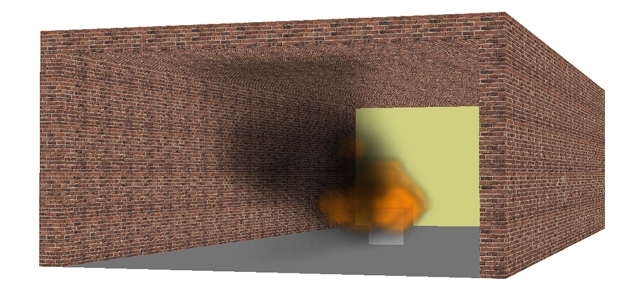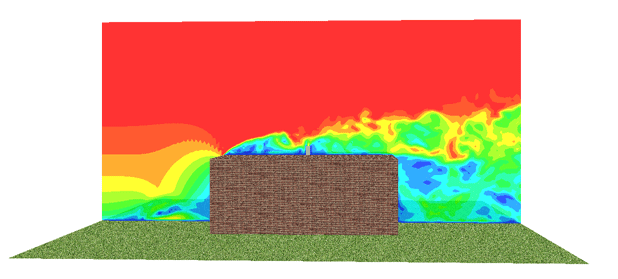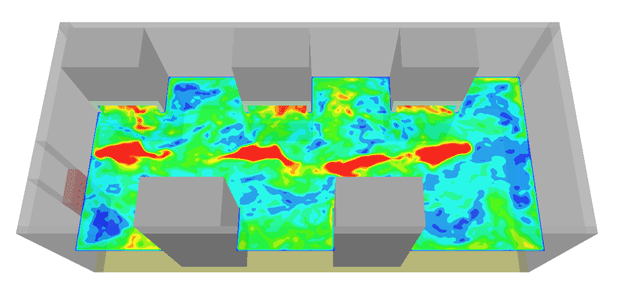Pedestrian Level Wind (PLW) CFD assessment
HOME <Environmental Solutions < Pedestrian Level Wind (PLW) CFD assessmentThe wind environment in urban environments can be strongly influenced by building design and location. Factors like building design and geometry, cladding elements, surrounding structures including walkways and roads can influence pedestrian level wind (PLW). Depending on the building and surroundings, even moderate breezes can be accelerated to speeds that become uncomfortable, which can be important for land uses such as outdoor patios, restaurants, or recreational areas. In more extreme cases, wind conditions can become unsafe for pedestrians, especially for the elderly or slippery conditions.
EASTechnology provides consulting and testing services to help architects, engineers and planners design buildings and plan developments that provide a safe and comfortable PLW environment. At the design stage we use CFD to identify potential problem wind areas and provide advice and guide decisions regarding planned development and building design and pedestrian and recreational activities. If needed, we use wind tunnel testing for projects that have complex wind flow patterns and problems.
Our solutions can be applied to assess:
- Air flow and Temperature distribution around building.
- Acceleration zones
- Human comfort
- Adjacent building effects
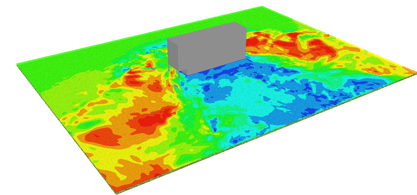
Wind acceleration under a building |
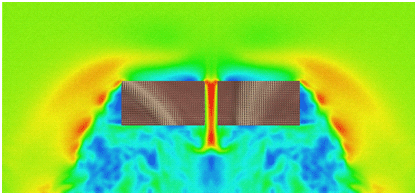 Wind acceleration between two buildings – top view Wind acceleration between two buildings – top view |

CFD versus Wind tunnel |
|
Related Animation : Wind acceleration under a building |
Related Animation 1: Acceleration of the wind between two buildings. Plane located at an average person height Related Animation 2: Variation of the air flow velocity at different cut planes when the solution has reached a steady state |

